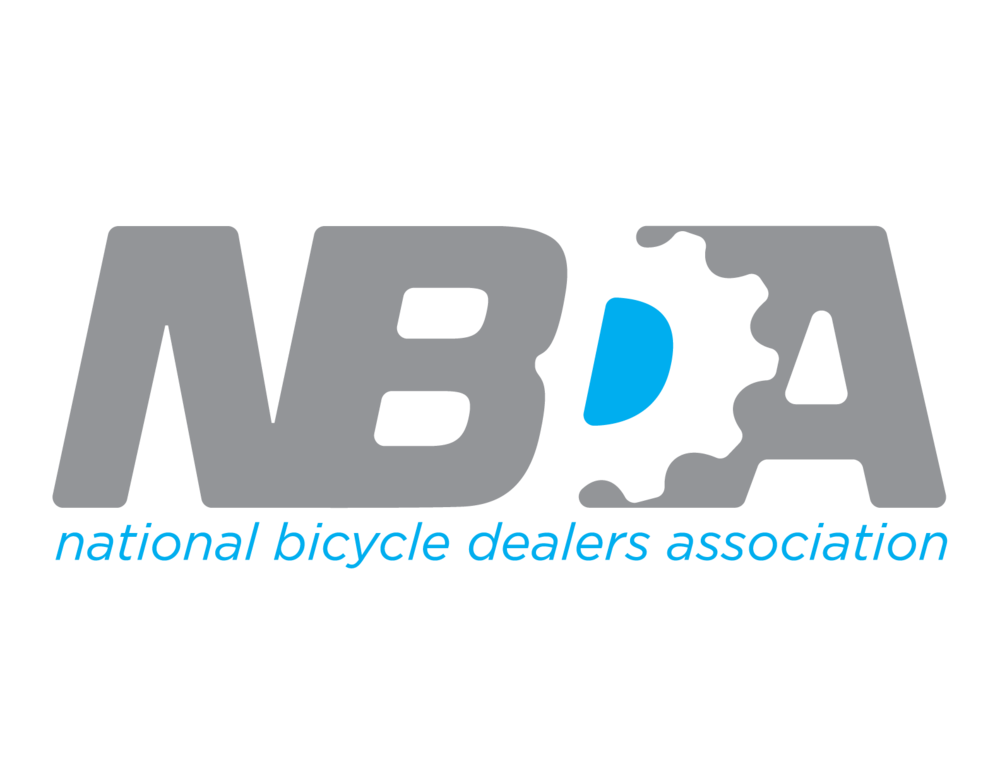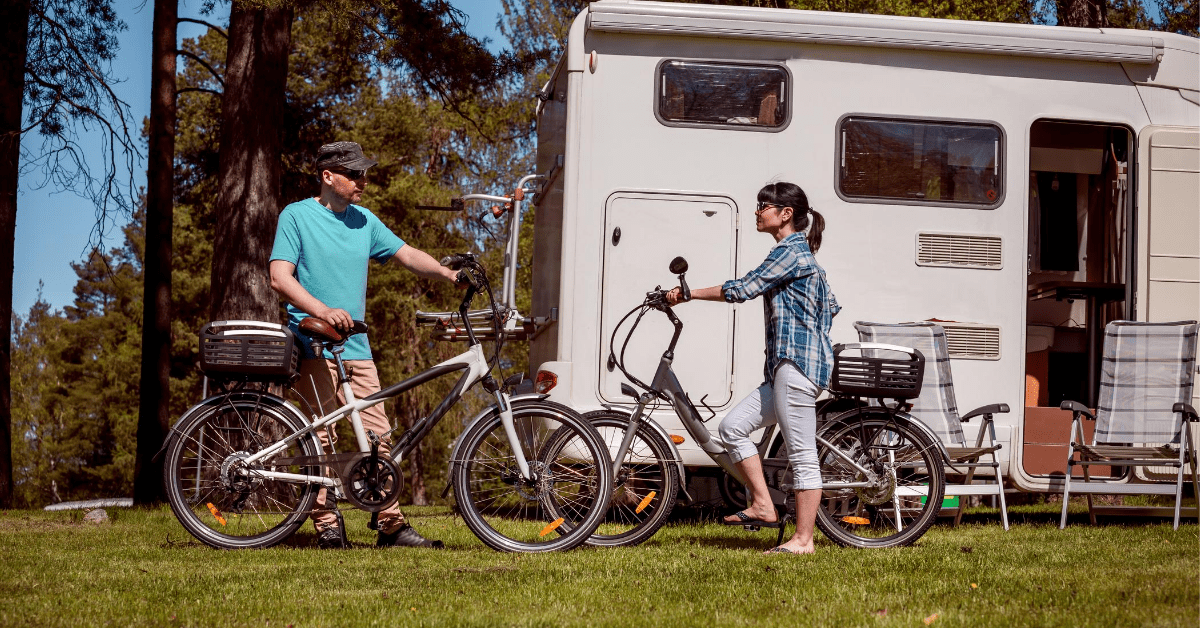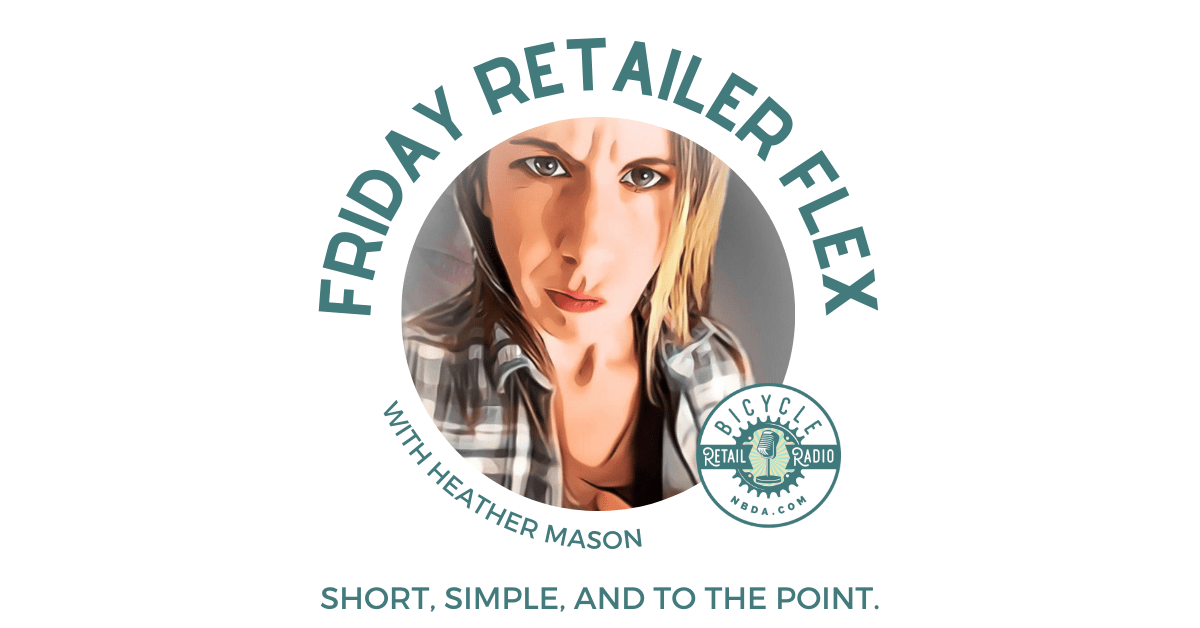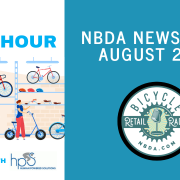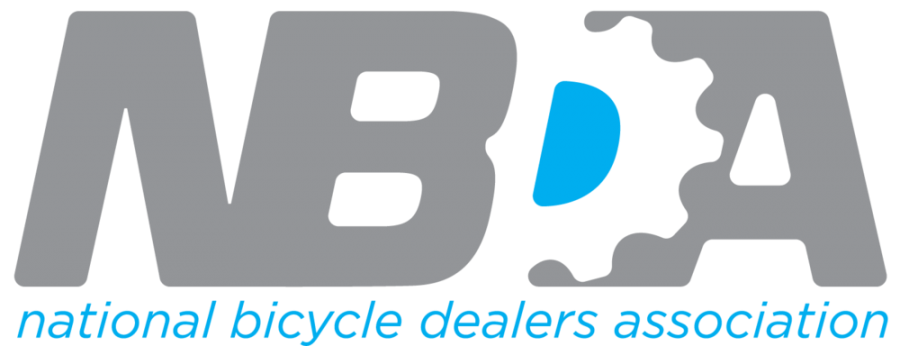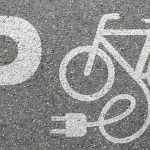eBike Sales Part One: The Struggles For The Typical IBD
The topic of ebike sales and how to capitalize on the rapidly growing category is the basis of many conversations. New trends are emerging, such as power sports dealers selling e-bikes that were traditionally IBD exclusive brands. There are many examples of fantastic success stories circulating. But among the conversations and celebrations of incredible results and possibilities, I believe the elephant in the room for the typical IBD.
The most dangerous thing, in my opinion, our industry can do is make sweeping generalizations and unrealistic comparisons between the various types and sizes of businesses, and their ebike sales successes and shortcomings. My focus here and part 2 of this series is not the small service only shop or the large destination single store outlets doing $2M plus in sales, and certainly not the large multi-million dollar, multi-store operations. In my discussions with several people over the last few weeks on the supply side, a picture began emerging that confirmed my feelings of what the typical IBD in America looks like today. Where the “average” size IBD is thought to be a bit over $1 million in annual sales, the reality is that there are huge numbers of retailers in the $500K to $750K range. The struggles this size store faces, and even those up to the “average” size when it comes to e-bike sales are not initially easily overcome. I also feel there is a bit of disillusionment and frustration with these IBD’s. They are increasingly feeling the e-bike category may not be living up to the hype promised and cannot gain excellent traction with the category. Further, they may sense some abandonment from the brands they viewed as trusted allies.
Struggles
The traditional size IBD is where my concern lies in this conversation. Their issues in capitalizing on the opportunity that ebikes sales are providing loom large. The most significant deterrent to the traditional IBD is simply the funds to stock their stores and the cash flow issues of having too much inventory if they do. Speaking with several people on the supply side confirmed my own experiences working with retailers. Credit lines that were typically hit even before introducing e-bikes have placed an impenetrable barrier on the ability to purchase. Also, open to buy, that may have been overbought even before the entrance of e-bikes on the scene, has left these shops often unable to make a push into the category beyond stocking handful units. The typical shop in this size range is moving far less than 20 units according to those I spoke with, and those sales are not always delivering profitable margins.
The simple fact that the traditionally sized IBD is just too cash strapped and credit line constricted to make a concerted effort to capitalize is the elephant in the room I alluded to at the outset. These retailers would love to realize ebikes sales potential. The idea of adding a category to your business with the potential to drive a seemingly unlimited number of customers spending $2-3k on bikes initially felt like all the doom and gloom just dissipated. The road to the easy street was straight ahead. However, online sales of inexpensive competitors were the first blow to let some wind out of the sales, then the inability to even get inventory due to credit line caps, being too far down the list on allocation, and finally, the fear of going too now into something unproven. Lately, the emergence of Powersports dealers acquiring lines of bikes that were never expected to leave your side has left many sad and wondering if they can compete.
What the typical IBD needs
There need to be more allowances made from vendors in regards to realistic programs and margins. The lower margins offered, coupled with the cash flow requirements of high dollar inventory, are tying up smaller IBD’s dollars in more inferior margin products and potentially keeping other profitable categories under stocked.
While there are challenges, there are also opportunities. In part two, we will examine what you can do to drive sales even if you are currently experiencing some difficulties getting the category going in your business. Ebikes are too big of an opportunity to let slip through your hands!
Finally, if you find yourself struggling and would like help with growing your e-bike sales or understanding your finances better, I would be excited to learn more about your business and develop a plan to help you. You can reach me at david@nbda.com.
Part Two – Selling Ebikes Part Two: 6 Ways To Power Up Your Sales
Words by David DeKeyser
 David DeKeyser and his wife Rebecca Cleveland owned and operated The Bike Hub in De Pere, Wisconsin, for nearly 18 years. In 2018, they sold the business and real estate to another retailer based in a nearby community. David now writes the Positive Spin series on Bicycle Retailer and Industry News and he writes articles for the NBDA’s blog, Outspokin’. David also provides business consulting through the NBDA’s P2 Consult Program.
David DeKeyser and his wife Rebecca Cleveland owned and operated The Bike Hub in De Pere, Wisconsin, for nearly 18 years. In 2018, they sold the business and real estate to another retailer based in a nearby community. David now writes the Positive Spin series on Bicycle Retailer and Industry News and he writes articles for the NBDA’s blog, Outspokin’. David also provides business consulting through the NBDA’s P2 Consult Program.
 The NBDA has been here since 1946, representing and empowering specialty bicycle dealers in the United States through education, communications, research, advocacy, member discount programs, and promotional opportunities. As shops are facing never-before-seen circumstances, these resources offer a lifeline. Together, we will weather this. We at the NBDA will not waver in our commitment to serving our members even during this challenging time—but we need your support.
The NBDA has been here since 1946, representing and empowering specialty bicycle dealers in the United States through education, communications, research, advocacy, member discount programs, and promotional opportunities. As shops are facing never-before-seen circumstances, these resources offer a lifeline. Together, we will weather this. We at the NBDA will not waver in our commitment to serving our members even during this challenging time—but we need your support.
Now is the time to become a member as we join together to make one another stronger. Whether you’re a retailer or an industry partner, your membership in the NBDA is one of the best investments you’ll make this year.
Learn more about the benefits of being a member and join now.
